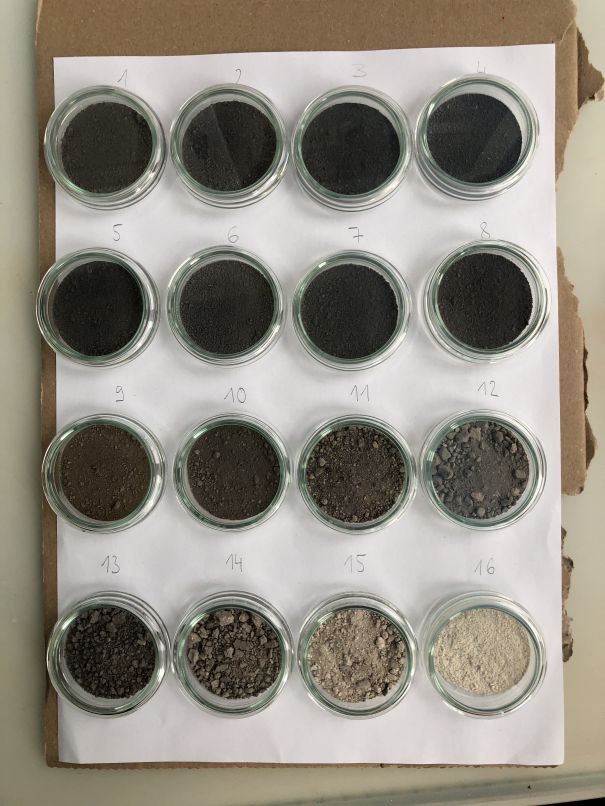Enhanced rock weathering as carbon dioxide removal and regenerative land management procedure

In addition to emission reductions, limiting global warming to <2°C now necessitates carbon dioxide removal (CDR) to take place at considerable scale. The agricultural application of enhanced rock weathering (ERW) has potential to provide both a scalable CDR procedure and a cost-effective and locally available solution to fertilize and restore degraded tropical soils. As such, it can help mitigate the worst effects of climate change, improve the outlook for impoverished rural populations, and relieve some causes of deforestation. However, several outstanding research questions—including a holistic quantification of removed CO2—and unknown environmental consequences currently limit effective ERW implementation. Evaluating large-scale Earth-system interventions like ERW requires rigorous, independent, study based on an extensive understanding of these natural systems.
Content and goal
In this proposal, we bring together an interdisciplinary mix of expertise to act as an independent consortium and carry out balanced research on ERW that points out positive and negative aspects alike. We will use a shared greenhouse pot experimental setup to holistically evaluate the impacts of ERW feedstock additions on a variety of highly contrasting soils in several ways. First, we will extensively evaluate the effect of soil amendments on soil health, including microbial composition, activity, and functionality, as well as soil nutrient and toxic-element cycling. Second, we will quantify the response of soil organic carbon (SOC) inventories to feedstock applications; these may be significant but are not actively accounted for in current CDR verification protocols. Third, we will evaluate the quantitative importance of secondary mineral formation on CDR, SOC stocks, and heavy metal immobilization—aspects that are particularly poorly constrained and difficult to quantify with existing methods. Finally, we will assess the risk of feedstock-derived heavy metal contamination using extensive analysis of soil solids and leachates using novel metal-isotope tracers. With this work, we aim to provide a rigorous and independent assessment of the potential of ERW as a CDR and soil health improvement procedure, using our interdisciplinary expertise and the strong and diverse research infrastructure of the combined host groups.
Scientific and societal context
This project will establish a new network of researchers at ETH who focus on a rapidly emerging subject that aligns with ETH’s strategic plan. We anticipate this action will benefit the university more broadly, spark follow-up research in this domain, and establish ETH as a global leader in this societally relevant field.
Contact Persons
Inst. für Geochemie und Petrologie
Clausiusstrasse 25
8092
Zürich
Switzerland
Professur für Bodenressourcen
Universitätstrasse 16
8092
Zürich
Switzerland
Evolution der Erdoberfläche
Sonneggstrasse 5
8092
Zürich
Switzerland